Description
Buy 2C-B Nexus Blue Bees Online
2C-B Nexus Blue Bees
2C-B Nexus Blue Bees, 2C-B (2,5-dimethoxy-4-bromophenethylamine) is a psychedelic drug of the 2C family. It was first synthesized by Alexander Shulgin in 1974. In Shulgin’s book PiHKAL, the dosage range is listed as 12–24 mg. As a recreational drug, 2C-B is sold as a white powder sometimes pressed in tablets or gel caps and is also referred to by a number of other names. The drug is usually taken orally, but can also be snorted (insufflated) or vaporized.
When orally consumed, 2C-B has a much longer delay before the onset of effects than when it is insufflated. Oral ingestion generally takes roughly 45–75 minutes for the effects to be felt, plateau lasts 2–4 hours, and coming down lasts 1–2 hours. Rectal administration onset varies from 5–20 minutes. Insufflated onset takes 1–10 minutes for effects to be felt. The duration can last from 4 to 12 hours depending on route of administration, dose, and other factors.
With insufflation, the effects are more abrupt and intense but have a significantly shorter duration, while oral usage results in a milder, longer experience. When insufflated, the onset happens very rapidly, usually reaching the peak at about 20–40 minutes and plateauing for 2–3 hours. 2C-B Nexus Blue Bees is also considered one of the most painful drugs to insufflate, with users reporting intense nasal burning. The sudden intensity of the experience combined with the pain can often start the experience with a negative imprint and nausea is also increased with insufflation, compounding the issue.
2C-B was synthesized from 2,5-dimethoxybenzaldehyde by Alexander Shulgin in 1974. It first saw use among the psychiatric community as an aid during therapy.[citation needed] 2C-B was first sold commercially as a purported aphrodisiac[4] under the trade name “Erox”, which was manufactured by the German pharmaceutical company Drittewelle . For several years, it was available as tablets in Dutch smartshops under the name “Nexus”.
2C-B first became popularized in the United States as a short-lived substitute for the street drug Ecstasy when MDMA became illegal in 1985. Many 2C-B users are young adults who attend raves. Though 2C-B is still used in the rave subculture, commonly mistaken for and/or sold as Ecstasy, its intentional use has become more common in the 2000s.
Street prices range between $10 and $30 per tablet in the United States in 2011 when purchased in small quantities. Larger retail purchases cost between $200 and $500 per gram. Wholesale purchases of 2C-B can lower the price ($100 to $300 per gram in 2001, $30 to $100 on the darknet in 2020).
Toxicity and dosage
The September 1998 issue of Journal of Analitical Toxicology reported that very little data exists about the pharmacological properties, metabolism, and toxicity of 2C-B. The relationship between its use and death are unknown. The common oral recreational dose is around 15–25 mg, at which visual and auditory effects are experienced. Severe adverse reactions are extremely rare, but use of 2C-B has been linked to significant brain injury in one case where the dosage was unknown, and the purity of the chemical was not verified.
| Oral | Insufflated | |
|---|---|---|
| ED_50 | 10 mg | 4–6 mg |
| Moderate | 15–25 mg | 5–9 mg |
| Strong | 26–35 mg | 10–20 mg |
| Extremely Intense | >35 mg | >20 mg |
| Duration | 4–8 hours | 2–4 hours |
The lethal dosage is unknown. It was reported in PiHKAL, by Alexander Shulgin, that a psychologist had accidentally taken a 100 mg dose orally without apparent harm.
When sold as “Ecstasy”, tablets containing 2C-B often contain about 5 mg of the drug, an amount which produces stimulatory effects that mimic the effects of MDMA; in contrast, tablets marketed as 2C-B have larger quantities of the drug (10–20 mg) which cause hallocinogenic effects. Street purity of 2C-B, when tested, has been found to be relatively high. Researchers in Spain found that 2C-B samples in the country doubled between 2006 and 2009, switched from primarily powder form to tablets, and exhibited “low falsification rates”. An analysis of street samples in the Netherlands found impurities “in small percentages”;

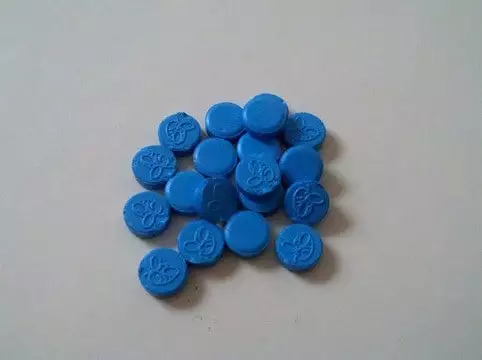
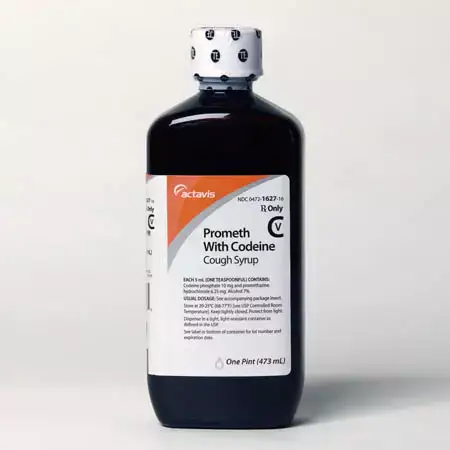
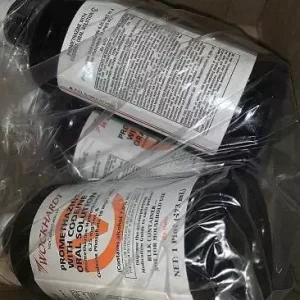
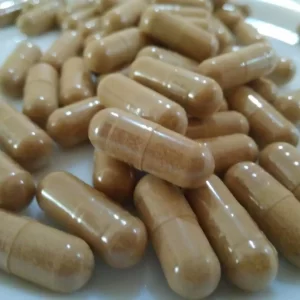
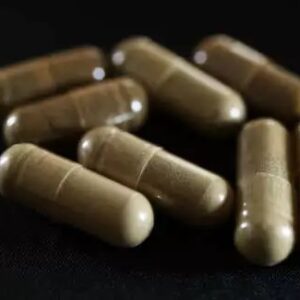
Reviews
There are no reviews yet.